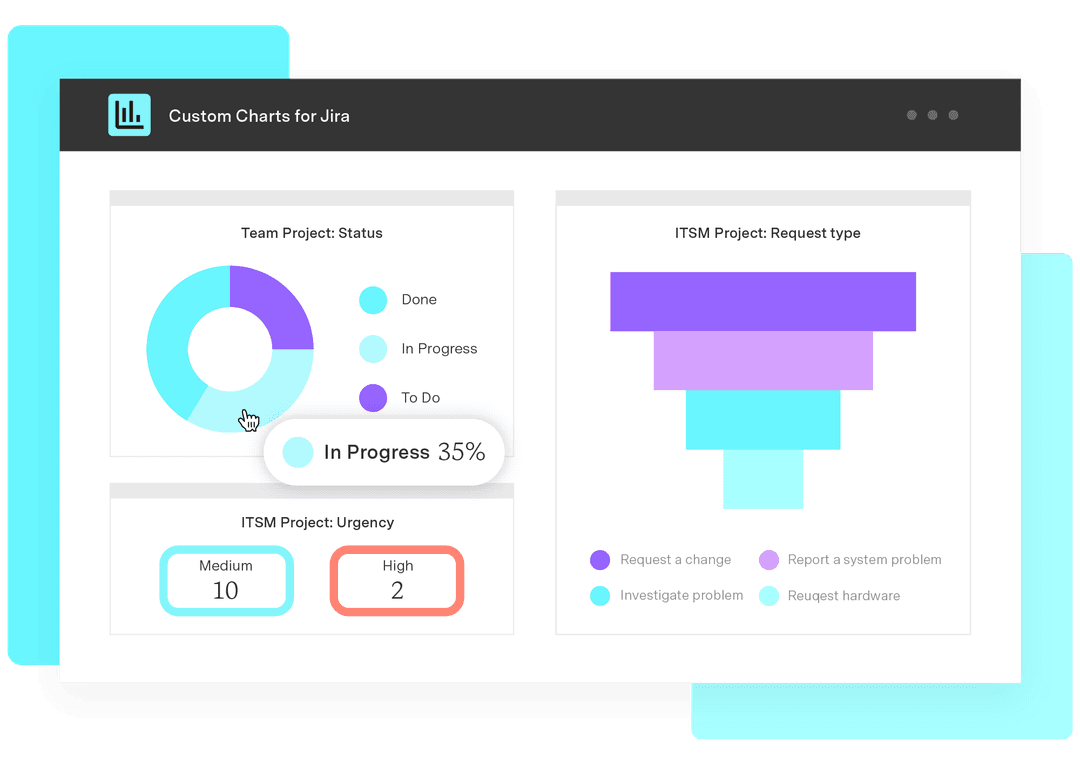Scrum master responsibilities: Role and key duties
Tempo Team
Coach, leader, guide – these three words describe an influential role, but they only begin to highlight the impact an excellent Scrum master has on an organization.
Scrum master responsibilities include facilitating conversations, mitigating project setbacks, and driving high-quality outcomes. Read on to learn more about the particulars of this role and why it’s essential in any organization running on Scrum and other agile frameworks.
What’s a Scrum master?
A Scrum master, by definition, is an expert facilitator and moderator who helps teams use the Scrum project management framework. Sometimes called a “servant leader,” a Scrum master works in service to the team, product owner, and organization. Scrum masters don’t take an authority-based approach. Instead, they drive project success by encouraging collaboration.
What’s a Scrum framework?
Scrum is an agile project management framework that leverages the following series of components to keep work on track and help teams pivot as blockers arise:
Sprints are iterative blocks of work that contain tasks a team intends to complete within an established timeframe.
Backlogs are lists of product improvements (also known as “fixes”) that a team makes in order of priority. A sprint backlog is a prioritized fix list that delineates improvements planned for a specific sprint period.
Events (also called Scrum ceremonies) are meetings that support Scrum frameworks and include stand-ups, sprint planning sessions, reviews, and retrospectives.
Artifacts are documents and other evidence that demonstrate project progress. Artifacts include the product backlog, sprint backlogs, and task boards.
What does a Scrum master do?
An agile Scrum master supports productivity by working with various stakeholders:
The product owner: Scrum masters support product owners by helping define product goals and the backlog. The Scrum master also acts as a liaison between the product owner and Scrum teams.
Scrum teams: Scrum masters support teams by guiding events, removing blockers, and inspiring members to do their best and most efficient work.
The organization as a whole: The Scrum master helps everyone understand and adopt Scrum practices. They accomplish this work by providing training and coaching, and facilitating conversations at all levels of the organization.
The top 7 responsibilities of a Scrum master
The following gives a closer look at a typical Scrum master job description and defines the top seven activities these professionals perform.
1. Facilitating events
Scrum masters lead ceremonies, ranging from the daily stand-up meetings that keep work on track to the reviews and retrospectives that help teams learn from their successes and setbacks.
2. Removing blockers
Blockers happen, and teams that communicate openly under the guidance of a Scrum master quickly identify these issues.
The Scrum master helps teams form and implement plans to address the issue, providing technical strategies and tactics and pulling in outside support as needed. The goal is to protect the team’s time and resources, arriving at a solution quickly.
3. Coaching teams
Scrum masters use their expert knowledge to coach teams on project management philosophy and agile principles in general. They answer team members' questions, provide training, and give feedback on ways to improve continuously.
4. Acting as a liaison
Since Scrum masters support the organization, product owners, and individual teams, they gain both a high-level and hyper-focused view of a project. They’re in the best position to communicate across different levels of the organization.
The Scrum master also communicates the team’s feedback to the product owner. For example, if the team hits a setback, the Scrum master will relay the incident and proposed solution to the product owner, ensuring everyone is on the same page.
5. Driving focus
The Scrum methodology thrives off prioritized project plans with focused goals. The Scrum master pushes teams to keep the big picture in sight, guaranteeing that every task brings them closer to meeting the project’s objectives.
6. Monitoring progress
Scrum masters track progress by reading data and synthesizing conclusions from it. They use these insights to back up the Scrum team’s decisions, leveraging metrics – not impulses – to propel every move.
Diligent data monitoring also helps Scrum masters spot and respond to issues, preventing delays and product errors.
7. Promoting transparency
Admitting a mistake or voicing a problem can be difficult because no one wants to feel like they’re setting their team back. However, the longer an issue stays silent, the greater the potential for negative repercussions on a project.
Scrum masters aim to create transparent working environments in which team members can confidently speak up, knowing their input can save a project from going off course.
The benefits of having Scrum masters
Organizations using Scrum need effective guides to teach team members how to follow its practices successfully. Having a Scrum master results in:
Faster deliveries: Scrum masters work closely with product owners and teams to design and stick to reasonable timelines. By encouraging team members to share progress and by monitoring project data, Scrum masters are quick to catch blockers and move toward resolving them, preventing lost time that could negatively impact deliveries.
Higher-quality products: Even the most talented teams can miss the mark on quality without adequate project guidance. Scrum masters accompany teams at every step of the way, removing obstacles that could lessen quality and securing resources that boost it.
Improved morale: Scrum masters help teams work efficiently and without impediments, allowing them to produce their best work.
Scrum masters vs. project managers
Both Scrum masters and project managers organize work and guide teams through projects, but their roles differ.
Scrum masters adopt a specific philosophy and methodology that project managers don’t necessarily share. Because they hold responsibilities particular to the Scrum framework, Scrum masters have different duties than traditional project managers, such as leading stand-up meetings and liaising between disparate teams.
Project managers also lead from a place of authority, while Scrum masters act as non-hierarchical liaisons.
How to become a Scrum master
Strong communicators and coaches can make great Scrum masters, but getting the right training helps. Here’s how to prepare yourself for the role:
Take a training course: Learn how to run successful ceremonies and tackle on-the-job challenges through professional Scrum training. Taking a course will also help you prepare for certification.
Get certified: Consider earning a professional Scrum master certification to demonstrate your expertise in the framework’s practical applications.
Gain hands-on experience: While training to become a Scrum master, participate professionally in an agile context. Seeing how Scrum works from the inside will help you better relate to the teams you’ll support later on.
Who chooses a team's Scrum master?
While human resources or a company executive can hire a Scrum master from outside the organization, many recommend that an internal candidate fill this role.
Mature teams – groups with ample experience using the Scrum methodology – likely know what they want and need from a Scrum master. They may choose a trusted colleague to fill this role, or if the company is hiring someone new, they might want a say in the hiring process decision. Mature teams sometimes also opt for a rotating Scrum master model, allowing different colleagues to hold this role.
Strengthen your team’s agile culture with Tempo
Scrum masters and agile aficionados can level up their efficiency and impact of their Scrum-based projects with Tempo.
Tempo’s suite of tools provides real-time progress insight and gives team members access to the resources they need to perform well and continuously improve. Custom Charts tracks project impediments, and Timesheets tracks effort spent on tasks, streamlining your team’s workflow.
Plus, Tempo’s collaboration tools promote open communication, allowing daily work to progress smoothly, even in large enterprises practicing Scrum at Scale.













































